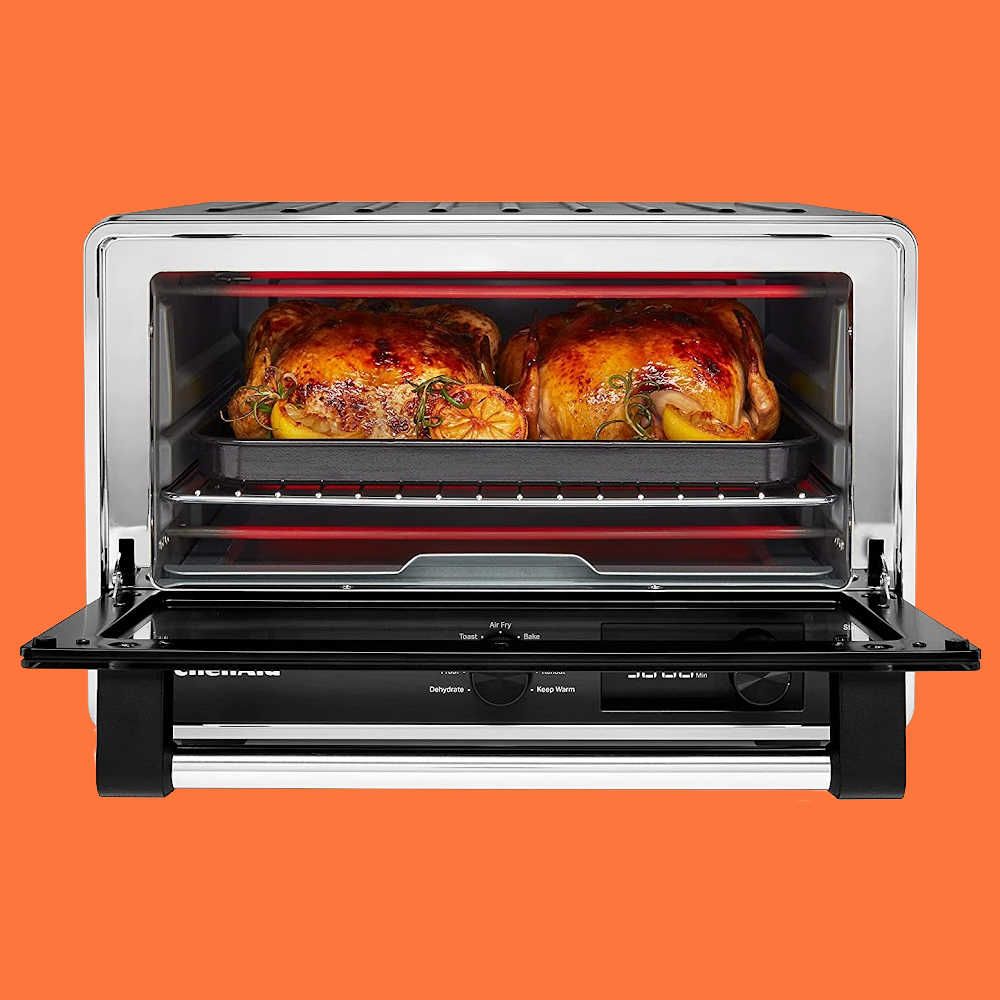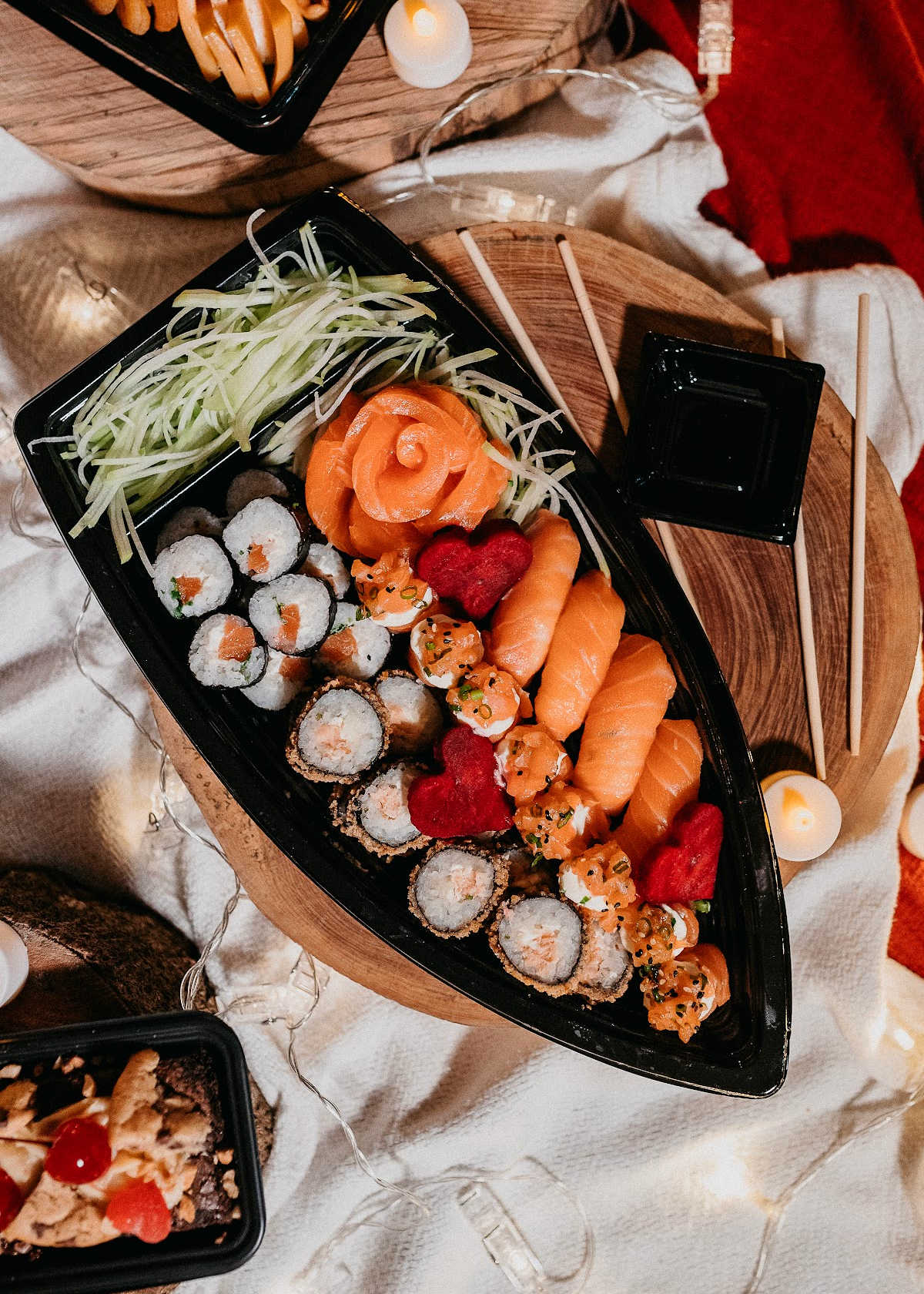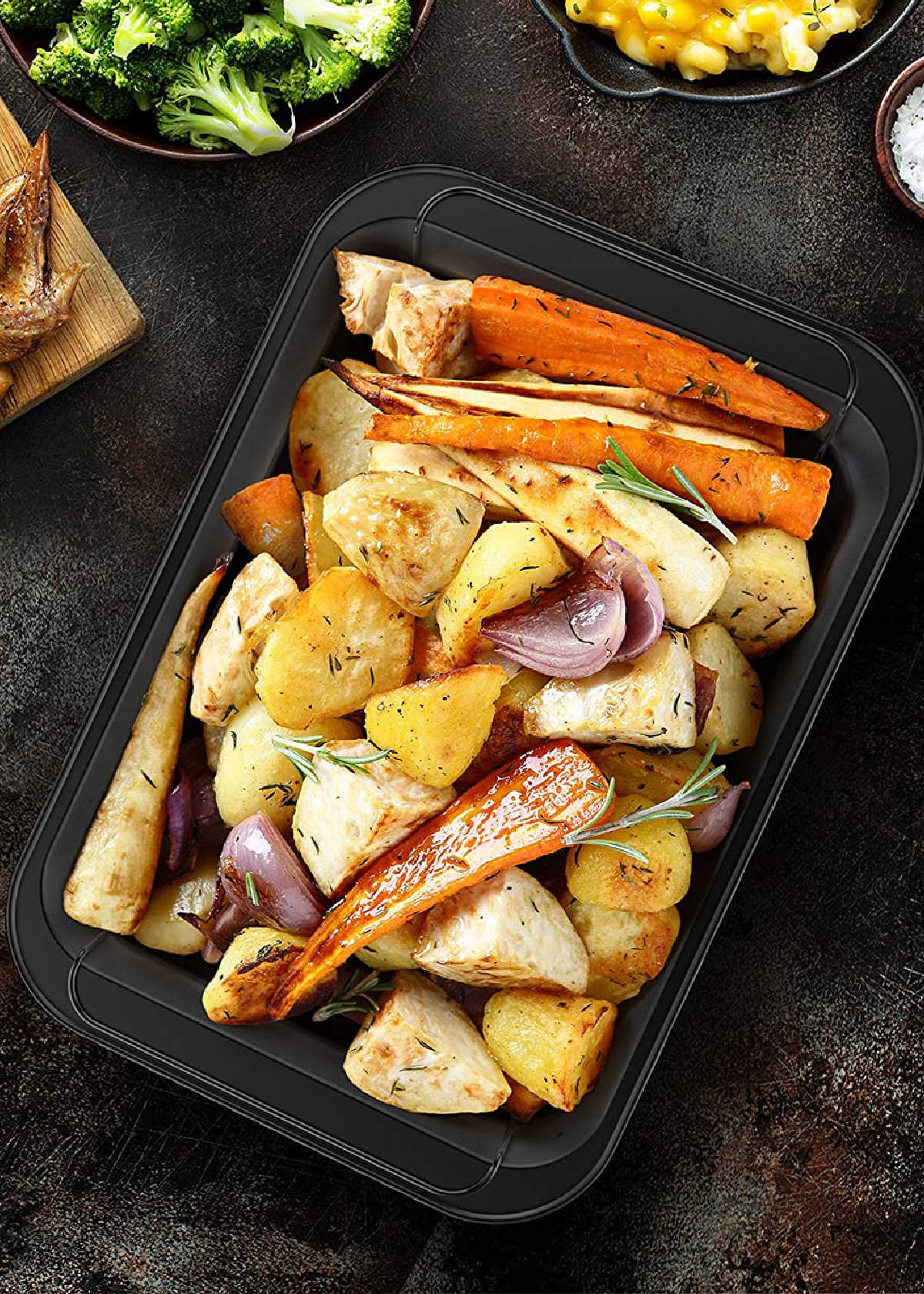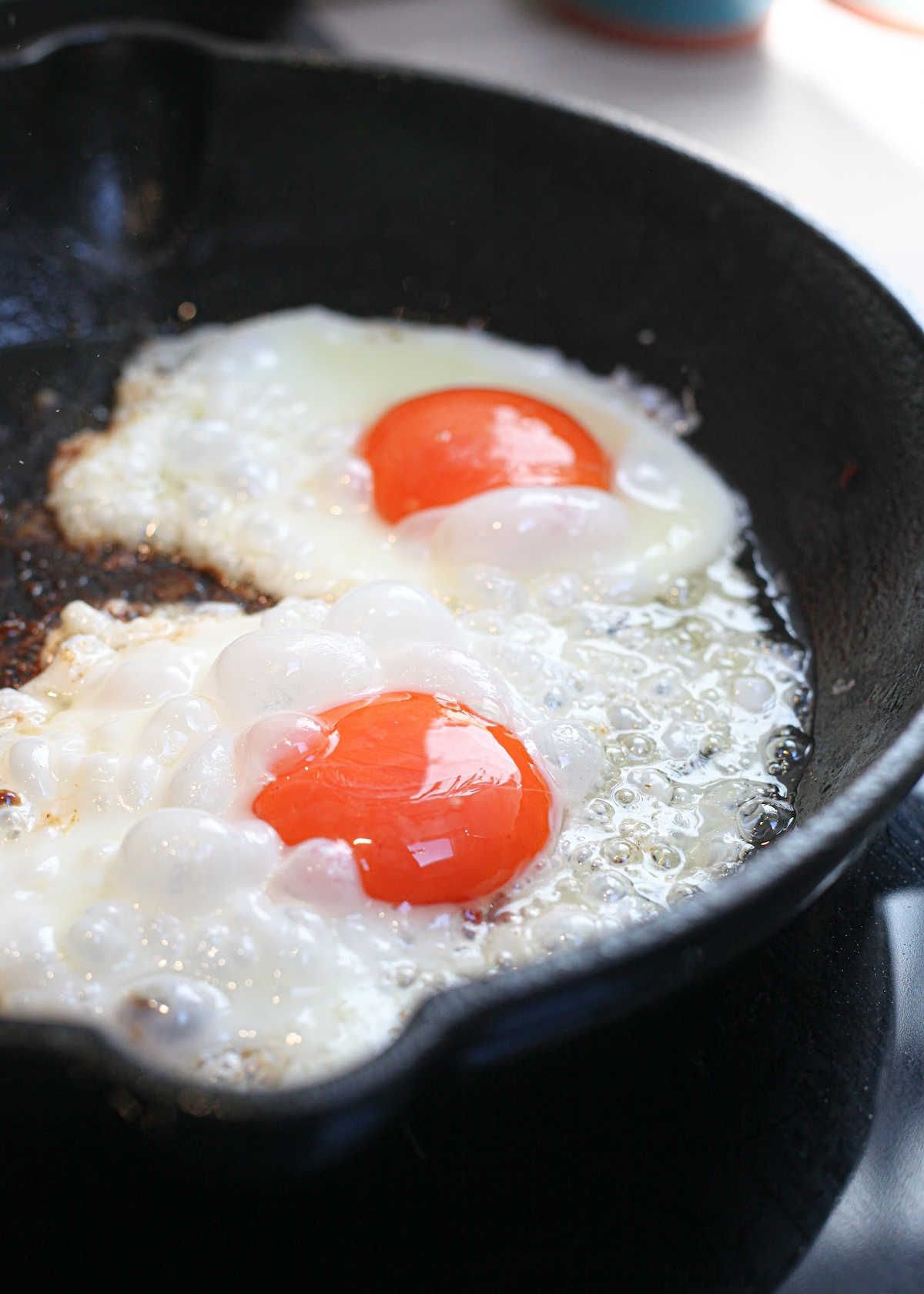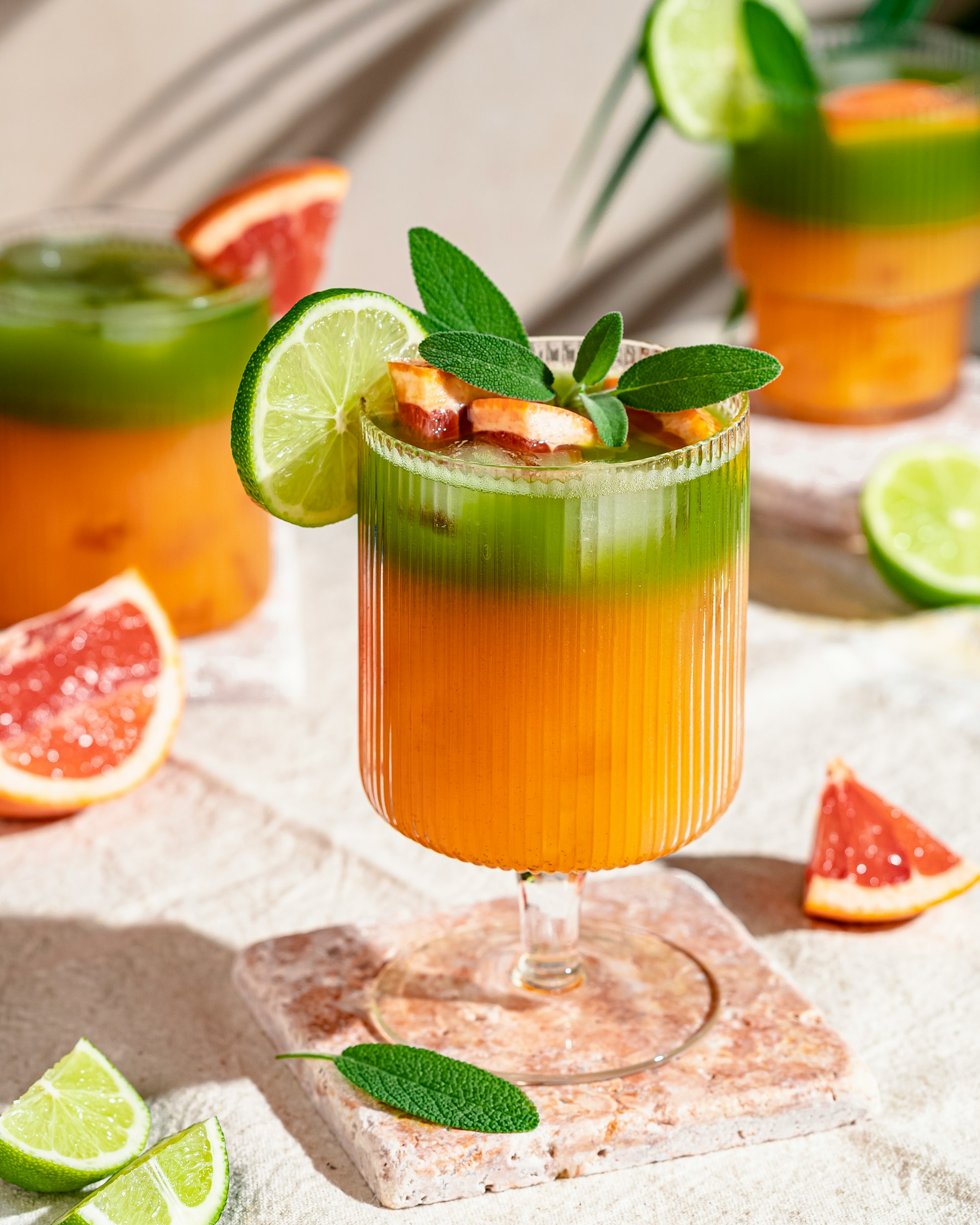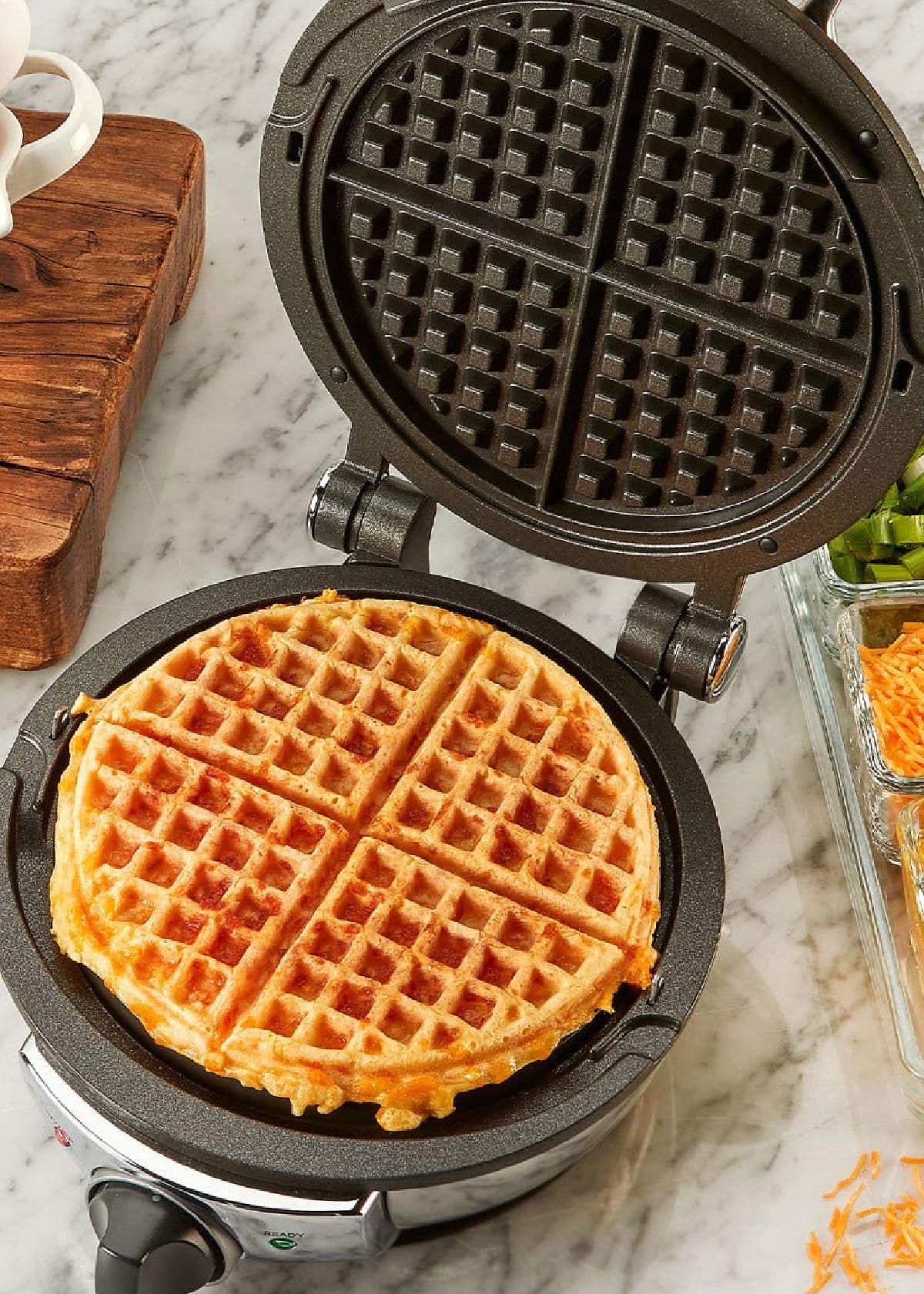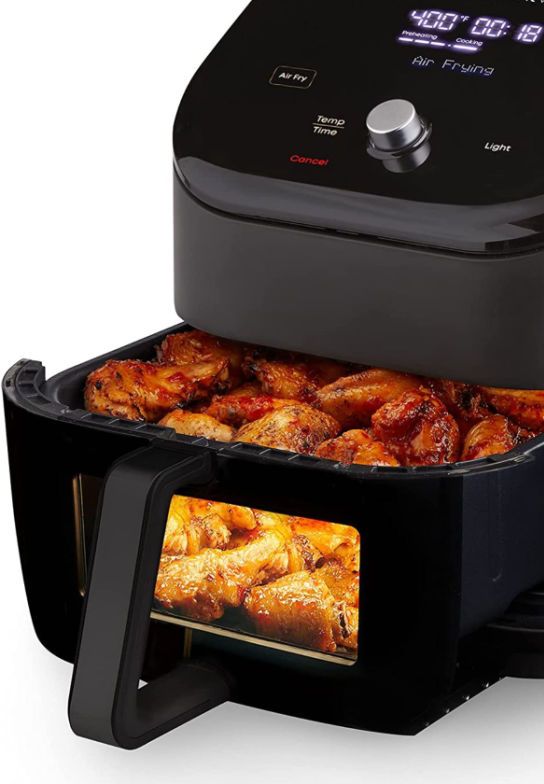Content Summary
If you are looking for a kitchen tool that can help you with blending tasks, it can be confusing to choose between a stand blender and an immersion or "stick" blender.
Both kitchen appliances have their unique features, advantages, and disadvantages. We will delve deeper into the differences and help you choose one.
A countertop blender is a staple tool that can handle larger batches with powerful blades and features, but it requires more space. An immersion blender is a compact, handheld stick that's versatile, yet more specialized and limits you to smaller batches.


Countertop Blender or Immersion Blender
Blender vs Immersion Blender
1. What Is A Stand Blender?
A stand blender, also known as a countertop or traditional blender, is a classic type of blender that contains a jar with blades mounted on the bottom. The blades spin fast, breaking down food in the jar and creating a smooth, consistent texture.
- A countertop blender is great for making smoothies, soups, and purees, and for crushing ice.
- They come in varying sizes and power, making them suitable for different needs.
- They feature high-powered motors that are controlled by a pulse button, and speed settings, and some come with pre-programmed modes.
- They require space and are not as portable as stick blenders.




Making Smoothie In A Countertop Blender
2. What Is An Immersion Blender?
An immersion blender, also called a hand blender or stick blender, is a small wand-like blender that you can immerse into a mixing bowl or directly in a container or a pot of soup.
- Immersion blenders are compact, portable, and offer precise control when blending ingredients.
- They are specifically designed for smaller blending tasks.
- Immersion blenders are useful for blending soups, sauces, and dressings. They usually come with several accessories to do hand mixer tasks, like a whisk attachment to make whipped cream.
- However, a handheld immersion blender doesn't offer the same power or consistency as a countertop blender.
- Two kinds: the cordless immersion blender, and the one with a power cord.
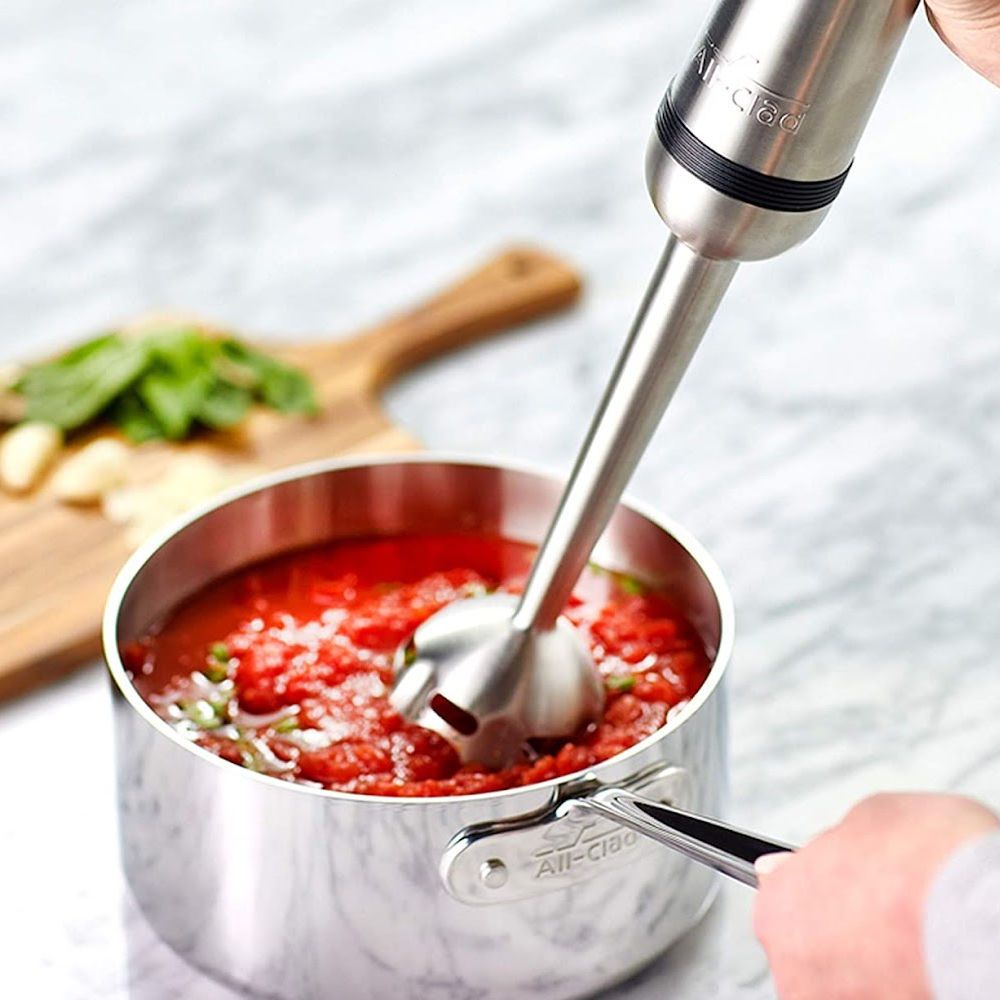


Making Smoothie Using A Handheld Blender
Countertop Blender: Pros & Cons
Pros:
- Powerful and efficient
- A blender jar has a large capacity for blending larger batches
- Multiple speed settings and features for different blending tasks
- Different blades to crush, grind, mix, or puree ingredients
- Useful for crushing ice and pulverizing solids
Cons:
- Heavier, bulky, and consuming countertop space
- More effort to clean
- Noisy and high-powered motor
- Expensive compared to immersion blenders
- May struggle with smaller blending tasks




Making Smoothie In A Countertop Blender
Immersion Blender: Pros & Cons
Pros:
- Portable, lightweight, and compact
- More convenient to operate, easy to handle
- Versatile: a handheld blender often comes with handy attachments
- Easier to clean and store; space-saving
- Less expensive compared to countertop blenders
- Perfect for smaller blending tasks like baby food or a salad dressing
Cons:
- Less powerful motor than a stand blender
- Limited capacity for blending larger batches
- May produce inconsistent texture
- Not suitable for crushing ice or pulverizing solids
- Limited features and settings




Making Smoothie Using A Handheld Blender
Immersion Blender vs Blender FAQs
Here are some frequently asked questions about immersion blenders and stand blenders:
Why use an immersion blender instead of a blender?
An immersion blender is a great kitchen tool if you are looking for a more compact and portable solution for your blending needs. Immersion blenders are perfect for smaller tasks like baby food or pureeing soups.
Do you need liquid to use an immersion blender?
It is important to have some liquid when using an immersion blender. The liquid helps the blades move freely and blend ingredients to a smooth consistency.
Does immersion blender work on frozen fruit?
Immersion blenders can be used with frozen fruit, but they are not as powerful as countertop blenders. It is best to thaw your frozen fruit before blending with your immersion blender.
Can I use an immersion blender to make mashed potatoes?
You can use an immersion blender to make mashed potatoes, but it may produce an inconsistent texture. For the best results, use a food processor to create smooth and creamy mashed potatoes.
Can you chop nuts with an immersion blender?
Immersion blenders are not suitable for chopping nuts as they are not powerful enough to produce a consistent texture. It is best to use a food processor or a powerful countertop blender for this purpose.
Can you beat eggs with an immersion blender?
An immersion blender is not the best tool for beating eggs as it will produce an uneven texture. For best results, use a whisk or handheld mixer instead.
Can you puree chicken with an immersion blender?
An immersion blender is not fit for pureeing chicken or meat as they don't have enough power. For best results, use a food processor to achieve the desired texture.
Can you chop vegetables in an immersion blender?
You can chop vegetables with an immersion blender. However, it is not as efficient as a food processor or countertop blender.
Can a blender chop onions?
Blenders are not suitable for chopping onions. You should use a food processor or hand-held food chopper to chop onions.
Can you chop garlic in a blender?
Blenders are not suitable for chopping garlic as the blades will not be sharp enough to produce a fine mince. You should use a food processor or hand-held chopper to chop garlic.



Making Smoothie Using A Handheld Blender



Making Smoothie In A Countertop Blender
Stand Blender vs Immersion Blender: Final Verdict
Both types of blenders have their advantages and disadvantages, so the choice depends on your needs, budget, and preferences. It's important to choose the appliance whose features align with your cooking style.
- A countertop (or "jug") blender is suitable for larger quantities and tougher ingredients.
- An immersion blender is more affordable, convenient, and suitable for small quantities of ingredients (dressings, baby food).
- If you are looking for a powerful, consistent blending machine with multiple features, a countertop blender is better suited for you.
- If you are looking for a compact, portable blending machine that's easy to use (and store!), an immersion blender may be a good choice.
Countertop Blender vs Immersion Blender | Which Type of Blender Should You Buy? | Kitchen Gadgets Zone
If you frequently make smoothies and creamy soups, crushing ice, or other blending fruits for smoothies and milkshakes, a countertop blender is the better option.

If you only need an occasional tool for pureeing and blending small quantities of ingredients, an immersion blender is more practical. When you have one with extra attachments, they can do several hand mixer jobs.

If you cannot decide, do as nowadays so many home cooks do: GET BOTH. Cross my heart and hope to die: you will never regret it! Having both blenders could provide the best of both worlds and allow you to blend anything imaginable.
Both stand blenders and hand blenders serve different needs in the kitchen. Choosing between a countertop blender and an immersion blender depends on how often you plan to blend, the number of ingredients, and the type of food you intend to make.
With this guide we hope we have made choosing between a blender and an immersion blender easier.
Happy blending!
Catchy Finds




